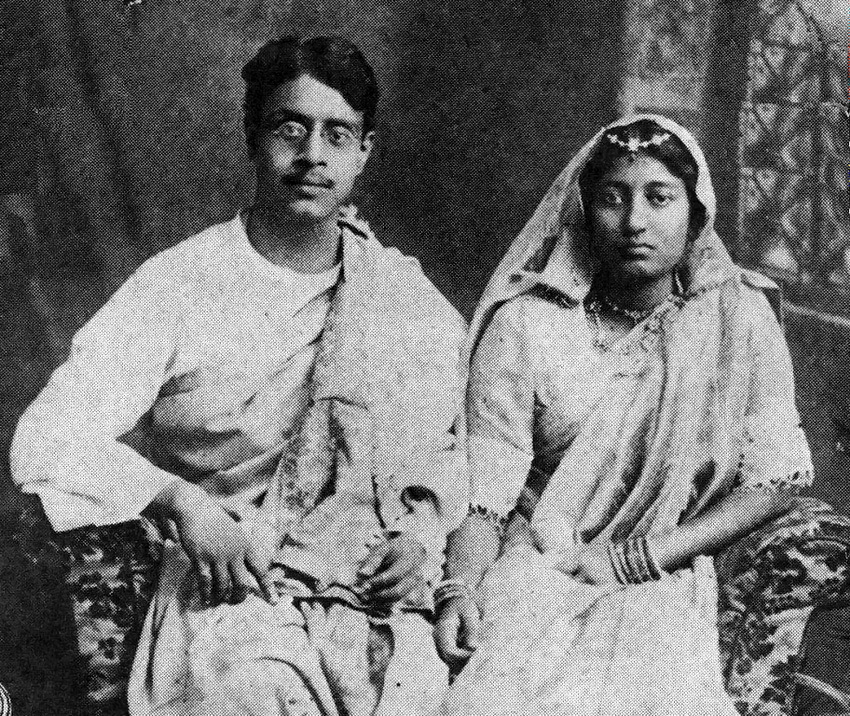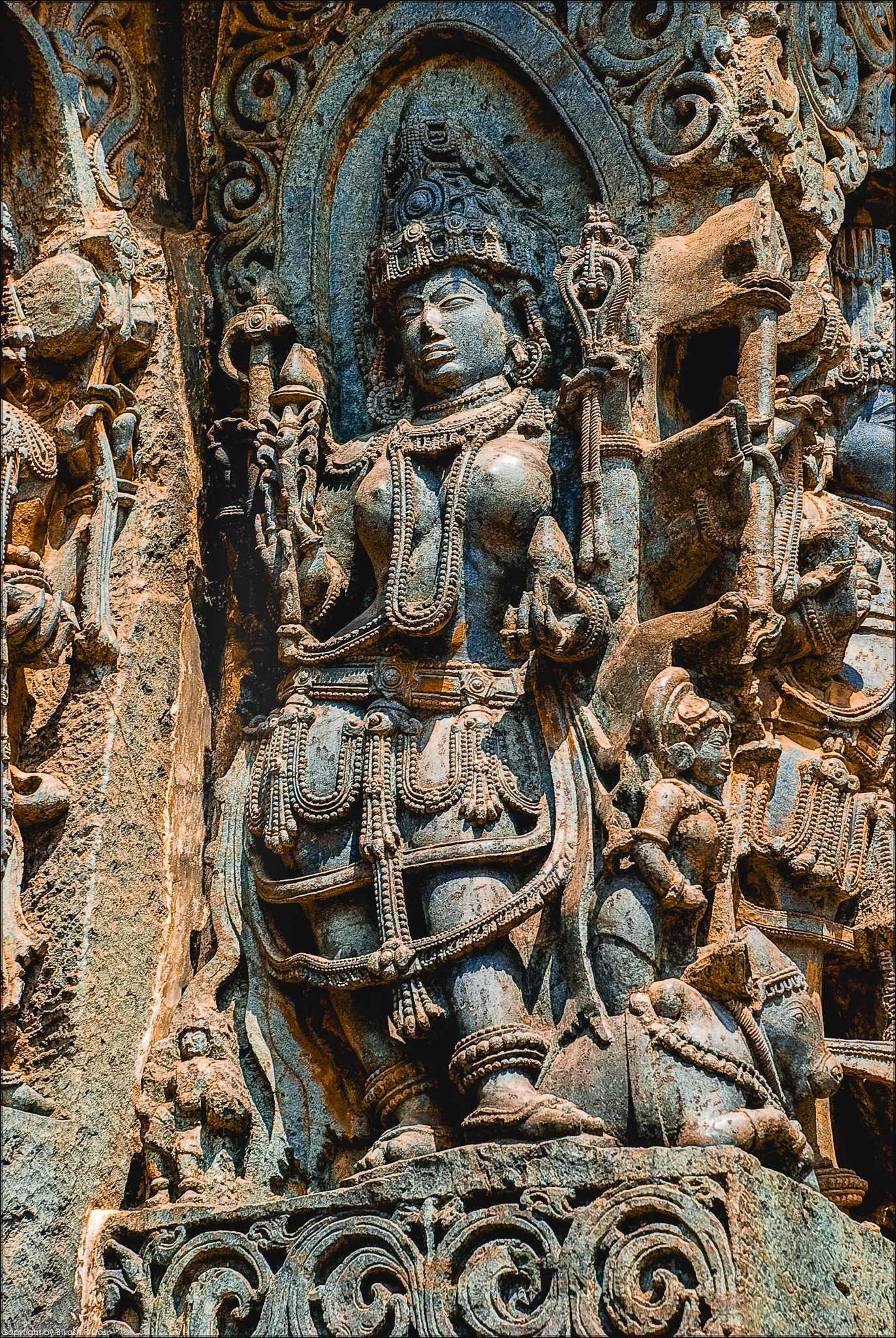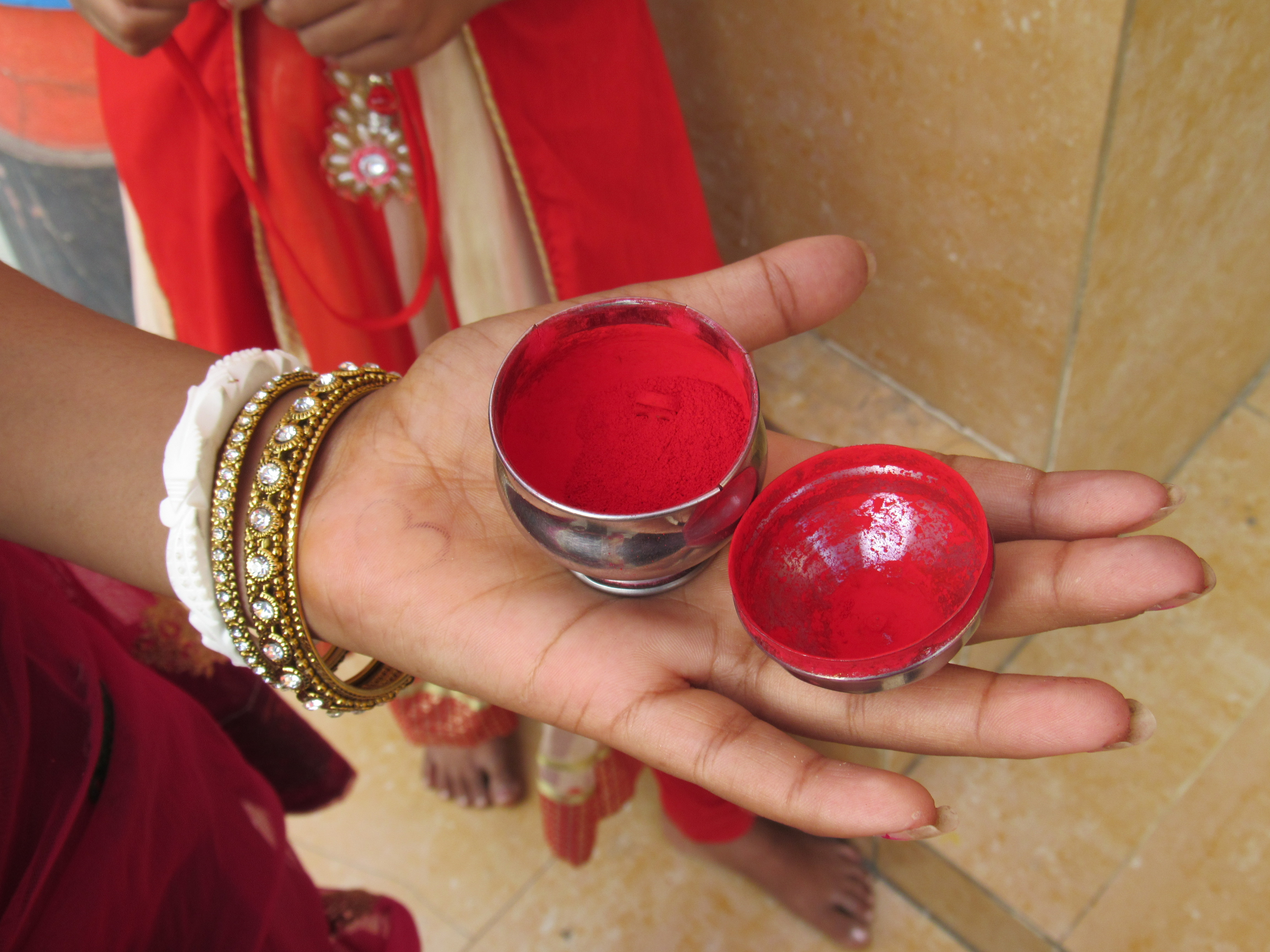|
The Home And The World
''The Home and the World'' (in the original Bengali, ঘরে বাইরে (''Ghôre Baire)'' lit. "At home and outside") is a 1916 novel by Rabindranath Tagore. The book illustrates the battle Tagore had with himself, between the ideas of Western culture and revolution against the Western culture. These two ideas are portrayed in two of the main characters, Nikhilesh, who is rational and opposes violence, and Sandip, who will let nothing stand in his way from reaching his goals. These two opposing ideals are very important in understanding the history of the Bengal region and its contemporary problems. The novel was translated into English by the author's nephew, Surendranath Tagore, with input from the author, in 1919. In 2005, it was translated into English by Sreejata Guha for Penguin Books India. ''The Home and the World'' was among the contenders in a 2014 list by ''The Daily Telegraph'' of the 10 all-time greatest Asian novels. Historical context Political movem ... [...More Info...] [...Related Items...] OR: [Wikipedia] [Google] [Baidu] |
WikiProject Novels
A WikiProject, or Wikiproject, is an affinity group for contributors with shared goals within the Wikimedia movement. WikiProjects are prevalent within the largest wiki, Wikipedia, and exist to varying degrees within Wikimedia project, sibling projects such as Wiktionary, Wikiquote, Wikidata, and Wikisource. They also exist in different languages, and translation of articles is a form of their collaboration. During the COVID-19 pandemic, CBS News noted the role of Wikipedia's WikiProject Medicine in maintaining the accuracy of articles related to the disease. Another WikiProject that has drawn attention is WikiProject Women Scientists, which was profiled by ''Smithsonian Magazine, Smithsonian'' for its efforts to improve coverage of women scientists which the profile noted had "helped increase the number of female scientists on Wikipedia from around 1,600 to over 5,000". On Wikipedia Some Wikipedia WikiProjects are substantial enough to engage in cooperative activities with outsi ... [...More Info...] [...Related Items...] OR: [Wikipedia] [Google] [Baidu] |
Partition Of Bengal (1905)
The Partition of Bengal in 1905, also known as the First Partition of Bengal, was a territorial reorganization of the Bengal Presidency implemented by the authorities of the British Raj. The reorganization separated the largely Muslim eastern areas from the largely Hindu western areas. Announced on 16 October 1905 by George Nathaniel Curzon, 1st Marquess Curzon of Kedleston, Lord Curzon, then Governor-General of India, Viceroy of India, and implemented West Bengal for Hindus and East Bengal for Muslims, it was undone a mere six years later. The Partition (politics), Partition was aimed for administration purposes but in fact is treated as divide and rule policy and further agitated people, who perceived that it was a deliberate attempt to divide the Bengal Presidency on religious grounds, with a Muslim majority in the east and a Hindu majority in the west, thereby weakening the nationalist cause. The Hindus of West Bengal, who dominated Bengal's business and rural life, compla ... [...More Info...] [...Related Items...] OR: [Wikipedia] [Google] [Baidu] |
Swatilekha Sengupta
Swatilekha Sengupta (''née'' Chatterjee; 22 May 1950 – 16 June 2021) was a Bengali actress. She had received the Sangeet Natak Akademi Award for her contribution to Indian theatre as an actor. Career Swatilekha started her career in theater in Prayagraj in the early 1970s, acting in productions under the direction of A.C. Banerjee. She also received guidance from B.V. Karanth, Tapas Sen, and Khaled Chowdhury. Then she moved to Kolkata and joined the theater group Nandikar in 1978. In Nandikar she worked under the direction of Rudraprasad Sengupta, whom she went on to marry. She was also the lead female protagonist in '' Ghare Baire'', a 1984 film by Satyajit Ray, against Victor Banerjee and Soumitra Chatterjee. This film was based upon a novel of the same name '' Ghare Baire'' written by the famous Bengali writer Rabindranath Tagore. She has also acted in films like '' Chauranga'', '' Bela Seshe'', Dharmajuddha and Bela Shuru. Death Sengupta died on 16 June 2021 from ... [...More Info...] [...Related Items...] OR: [Wikipedia] [Google] [Baidu] |
Victor Banerjee
Victor Banerjee (born 15 October 1946) is an Indian actor who appears in English, Hindi, Bengali and Assamese language films. He has worked with directors such as Roman Polanski, James Ivory, Sir David Lean, Jerry London, Ronald Neame, Satyajit Ray, Mrinal Sen, Shyam Benegal, and Montazur Rahman Akbar. He won the National Film Award for Best Supporting Actor for the film '' Ghare Baire''. He was awarded the Padma Bhushan, India's third highest civilian award, in 2022 for his huge contribution to cinema by the Indian Government in the field of art. Early life and education Banerjee was born in a Zamindari Bengali Hindu brahmin family. He is a descendant of the Raja Bahadur of Chanchal (Malda District) and the Raja of Uttarpara. Banerjee completed his schooling from St. Edmund's School, Shillong. He completed his graduation in English literature from St. Xavier's College, Calcutta; When he wasn't hitting the books, Banerjee was spinning tracks as a Western Classical Ra ... [...More Info...] [...Related Items...] OR: [Wikipedia] [Google] [Baidu] |
Soumitra Chatterjee
Soumitra Chatterjee (also spelt as Chattopadhyay; ; 19 January 193515 November 2020) was an Indian film actor, play-director, playwright, writer, thespian and poet. He is regarded as one of the greatest and most influential actors in the history of Indian cinema. He is best known for his collaborations with director Satyajit Ray, with whom he worked in fourteen films. Starting with his debut film, '' Apur Sansar'' (The World of Apu, 1959), the third part of ''The Apu Trilogy'', as adult Apu, he went on to work in several films with Ray, including '' Abhijan'' (The Expedition, 1962), '' Charulata'' (1964), '' Kapurush'' (1965), '' Aranyer Din Ratri'' (Days and Nights in the Forest, 1969), '' Ashani Sanket'' (Distant Thunder, 1973), '' Sonar Kella'' (The Fortress of Gold, 1974) and '' Joi Baba Felunath'' (The Elephant God, 1978) as Feluda, '' Hirak Rajar Deshe'' (1980), '' Ghare Baire'' (The Home and The World, 1984), Shakha Proshakha (1990) and '' Ganashatru'' (Enemy of the Peo ... [...More Info...] [...Related Items...] OR: [Wikipedia] [Google] [Baidu] |
Satyajit Ray
Satyajit Ray (; 2 May 1921 – 23 April 1992) was an Indian film director, screenwriter, author, lyricist, magazine editor, illustrator, calligraphy, calligrapher, and composer. He is widely considered to be one of the greatest and most influential film directors in the history of cinema. He is celebrated for works including ''The Apu Trilogy'' (1955–1959), Jalsaghar, ''The Music Room'' (1958), Mahanagar, ''The Big City'' (1963)'', Charulata'' (1964), and the ''Goopy–Bagha'' trilogy (1969–1992). Ray was born in Calcutta to author Sukumar Ray and Suprabha Ray. Starting his career as a commercial artist, Ray was drawn into independent film, independent film-making after meeting French filmmaker Jean Renoir and viewing Vittorio De Sica's Italian neorealism, Italian neorealist film ''Bicycle Thieves'' (1948) during a visit to London. Ray directed 36 films, including feature films, documentaries, and short subject, shorts. Ray's first film, (1955), won eleven international ... [...More Info...] [...Related Items...] OR: [Wikipedia] [Google] [Baidu] |
Ghare Baire (film)
''Ghare Baire'' () is a 1984 Indian Bengali language, Bengali-language romantic drama film directed and written by Satyajit Ray. The film is based on Rabindranath Tagore's novel The Home and the World, of the same name, and stars Soumitra Chatterjee, Victor Banerjee, Swatilekha Sengupta, Swatilekha Chatterjee and Jennifer Kendal. The film has a complex portrayal of several themes including nationalism, women emancipation, spiritual and materialistic take on life, tradition versus modernism, and others. Ray prepared a script for it in the 1940s, long before he made his first film ''Pather Panchali''. The film was in competition for the Palme d'Or at the 1984 Cannes Film Festival. At the 32nd National Film Awards, it won the National Film Award for Best Feature Film in Bengali. Plot The story is set in 1907 on the estate of the rich and influential Bengalis, Bengali zamindar, noble Nikhilesh "Nikhil" Choudhary (Victor Banerjee) in Sukhsayar. In the chaotic aftermath of George Cu ... [...More Info...] [...Related Items...] OR: [Wikipedia] [Google] [Baidu] |
Shakti
Shakti (Devanagari: शक्ति, IAST: Śakti; 'energy, ability, strength, effort, power, might, capability') in Hinduism, is the "Universal Power" that underlies and sustains all existence. Conceived as feminine in essence, Shakti refers to the personified energy or power of a Deva (Hinduism), male deity, often personified as the female consort of the given Hindu god. In Tantric Shaktism, Shakti is the foremost deity, akin to Brahman. In Puranic Hinduism, Shiva and Shakti are the masculine and feminine principles that are complementary to each other. The male deity is ''purusha'', pure consciousness, which creates the universe through the female creative energy of Shakti, which is ''Prakṛti, prakriti'', 'nature'. The term ''Shakta'' is used for the description of people associated with Shakti worship. The Shakta pithas are shrines, which are believed to be the sacred seats of Shakti. Etymology and overview According to the Monier Monier-Williams, Monier-Williams dict ... [...More Info...] [...Related Items...] OR: [Wikipedia] [Google] [Baidu] |
Vande Mataram
Vande Mātaram (Bengali language, Original Bengali: বন্দে মাতরম্ ''Bônde Mātôrôm'' Devanagari script: वंदे मातरम्; , Transcreation: I Bow to Thee, Mother) is a poem that was adopted as the national song of the Republic of India in 1950. It is written in Sadhu bhasha, Sanskritised Bengali by Bankim Chandra Chatterjee in the 1870s, and was first published in 1882 as part of Chatterjee's Bengali literature, Bengali novel ''Anandmath''. The poem is an ode to the motherland, personified as the "mother goddess" in later verses, of the people. This initially referred to Bengal, with the "mother" figure therefore being Bangamata, Banga Mata (Mother Bengal), though the text does not mention this explicitly. Indian nationalist and philosopher Sri Aurobindo referred to ''Vande Mataram'' as the "National Anthem of Bengal". Nonetheless, the poem played a vital role in the Indian independence movement. It first gained political significance ... [...More Info...] [...Related Items...] OR: [Wikipedia] [Google] [Baidu] |
Purdah
Pardah or purdah (from Hindi-Urdu , , meaning "curtain") is a religious and social practice of sex segregation prevalent among some Muslim, Zoroastrian and Hindu communities. The purdah garment is the same as a burqa, or yashmak, i.e a veil to conceals the face. The practice generally takes two forms: social segregation of the sexes and the requirement that women cover their bodies, as well as traditionally the faces. A woman who practices purdah can be referred to as or . Practices that restricted women's mobility and behavior existed among religious groups in India and Zoroastrian Iran since ancient times and intensified with the arrival of Islam. By the 19th century, purdah became customary among Hindu elites. Purdah was not strictly observed by lower-class women. Physical segregation within buildings is achieved with judicious use of walls, curtains, and screens. A woman's withdrawal into purdah usually restricts her personal, social and economic activities outside he ... [...More Info...] [...Related Items...] OR: [Wikipedia] [Google] [Baidu] |
Sindoor
Sindoor (, ) or sindura (,) is a traditional vermilion red or orange-red or maroon Cosmetics, cosmetic powder (substance), powder from South Asia, usually worn by marriage, married women along the part of their hairline. In Hindu communities, the sindoor is considered auspicious and is a Visual markers of marital status, visual marker of marital status of a woman and ceasing to wear it usually implies widowhood. Traditional sindoor was made with turmeric and alum or calcium oxide, lime, or from other herbal ingredients. Unlike red lead and vermilion, these are not poisonous. Some commercial sindoor products contain synthetic ingredients, some of which are not manufactured to proper standards and may contain lead. Application Sindoor is traditionally applied at the beginning or completely along the parting (hair is usually parted straight down the middle) of a woman's hair (also called ''mang'' in Hindi or ''simandarekha'' in Sanskrit). Sindoor is the mark of a married wom ... [...More Info...] [...Related Items...] OR: [Wikipedia] [Google] [Baidu] |
Dowry System In India
The dowry system in India refers to the durable goods, cash, and real or movable property that the bride's family gives to the groom, his parents and his relatives as a condition of the marriage. Dowry is called "दहेज" in Hindi and as ''جہیز'' in Urdu. Traditionally, dowry served as the inheritance for the daughter, as her relationship was seen as severed with her parents at the time of marriage, and is sometimes negotiated as consideration or a 'status equalizer' between the marrying families, often as a means upward mobility. However, the system can put great financial burden on the bride's family. In some cases, asks for dowry has led to crimes against women, ranging from emotional abuse and injury to even deaths. The payment of dowry has long been prohibited under specific Indian laws including the Dowry Prohibition Act 1961 and Sections 304B and 498A of the Indian Penal Code. These laws have long been criticized as being ineffective, as well as prone to misuse. ... [...More Info...] [...Related Items...] OR: [Wikipedia] [Google] [Baidu] |






